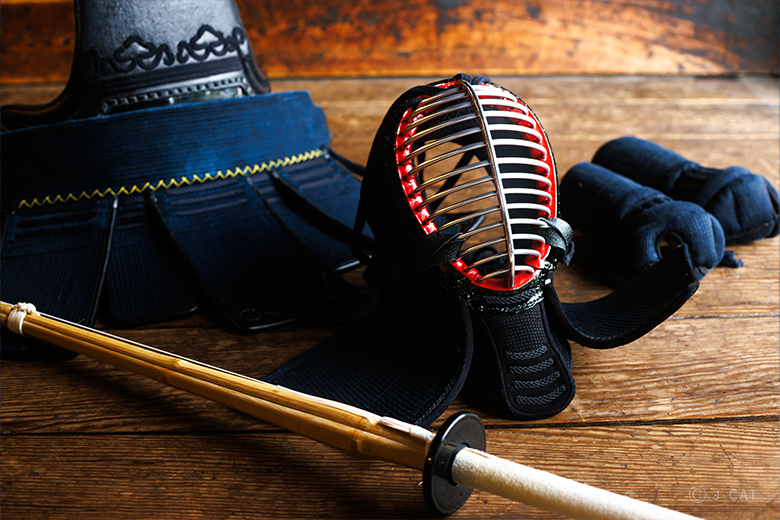
Special Experience
Kyoto
Learn the Way of the Samurai in Kyoto through Kendo Instruction from a Samurai Family Descendant
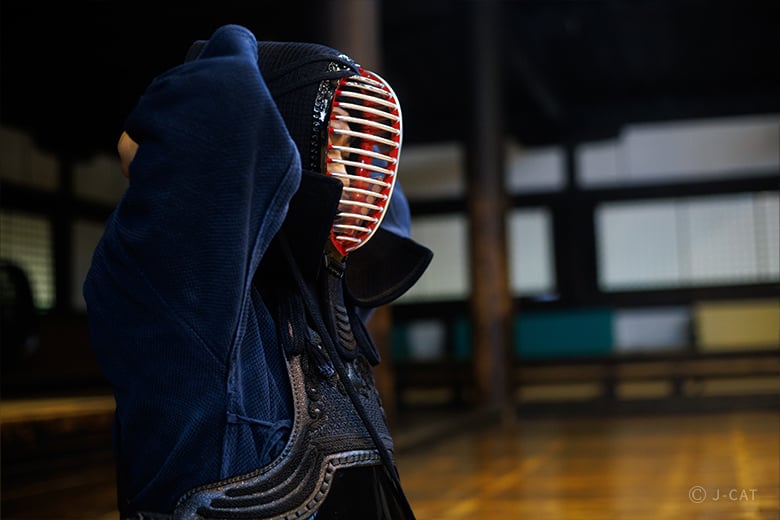
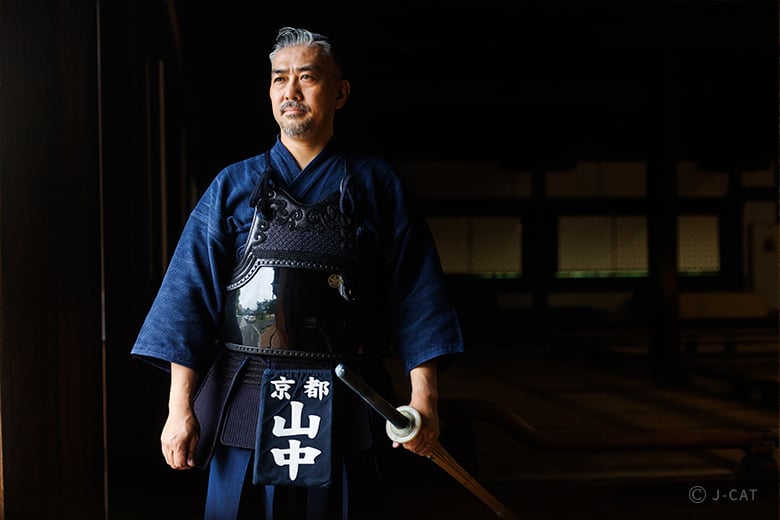
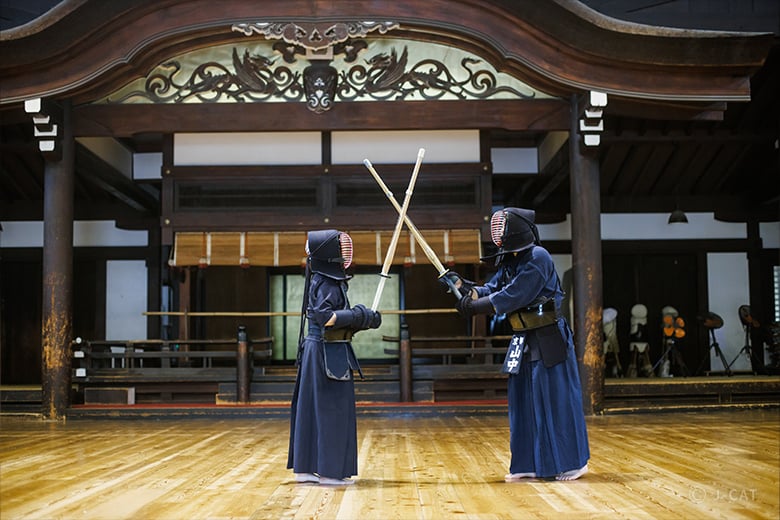
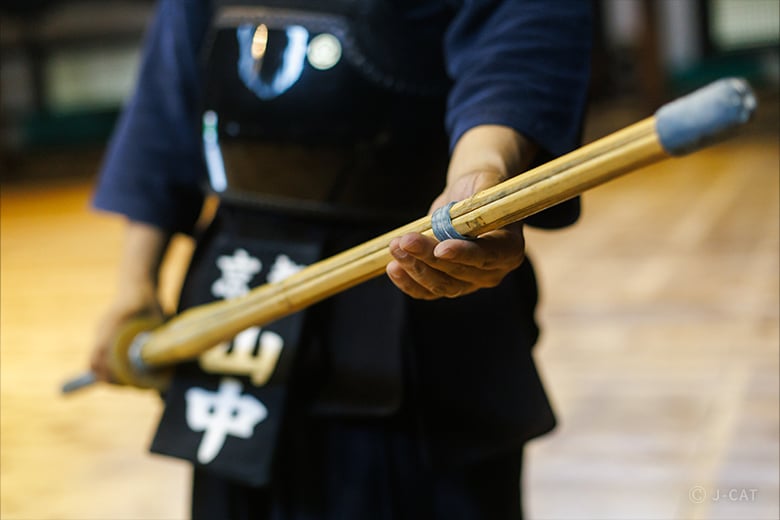
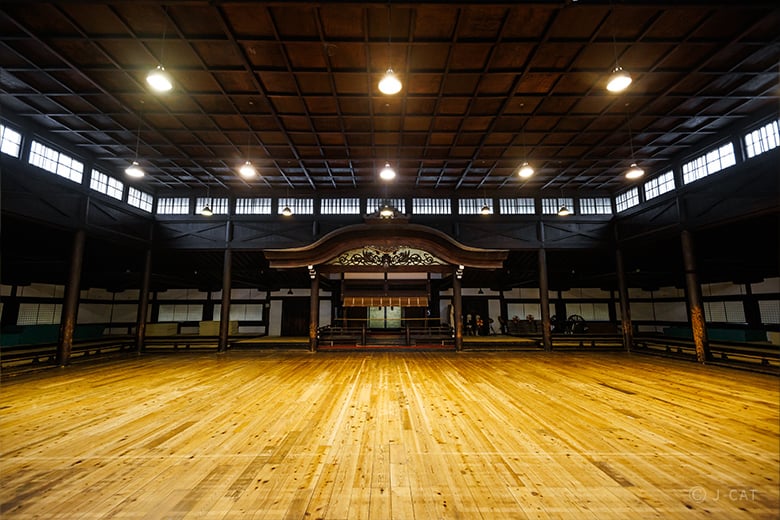
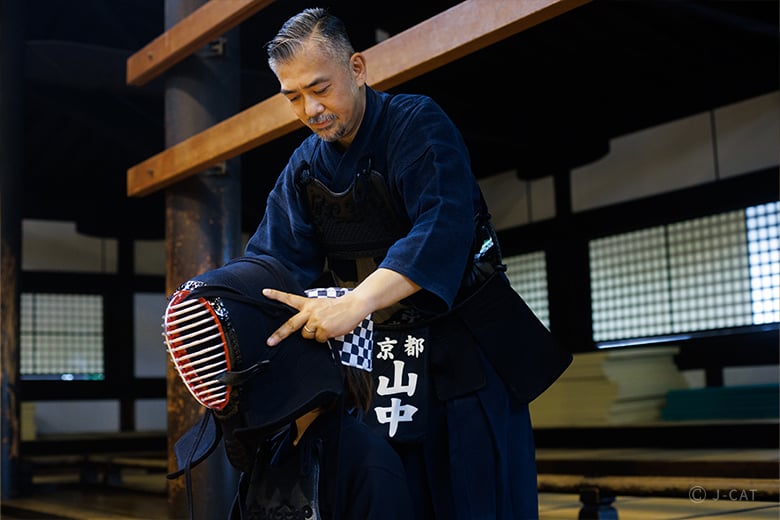
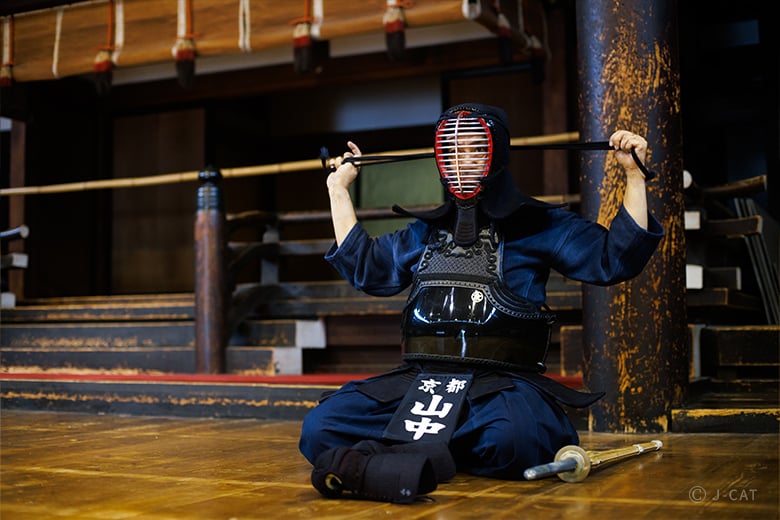
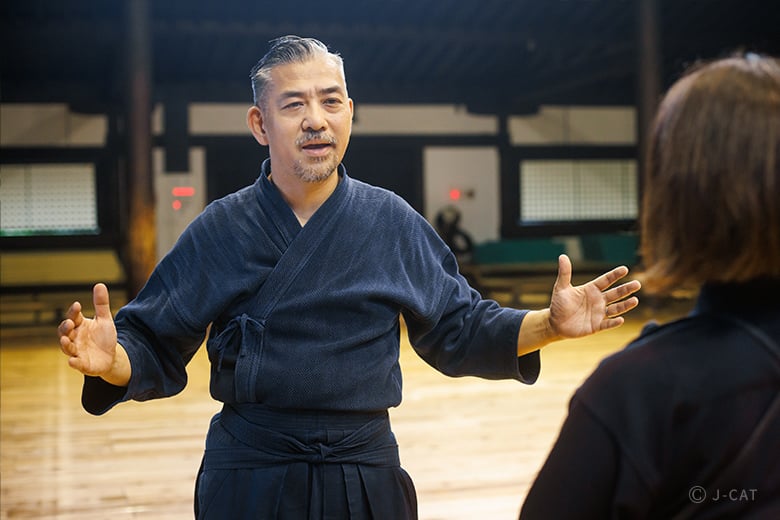
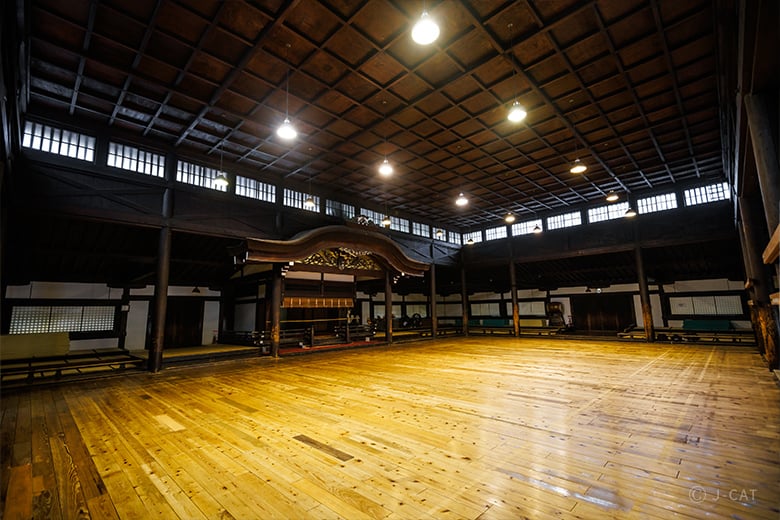
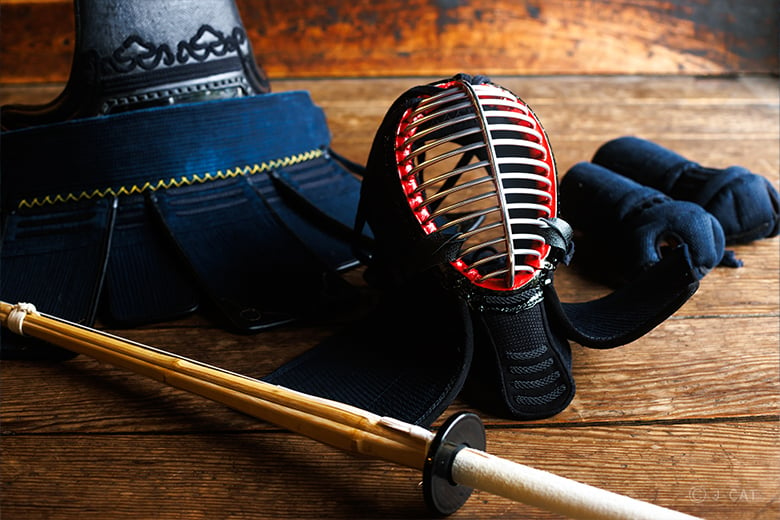
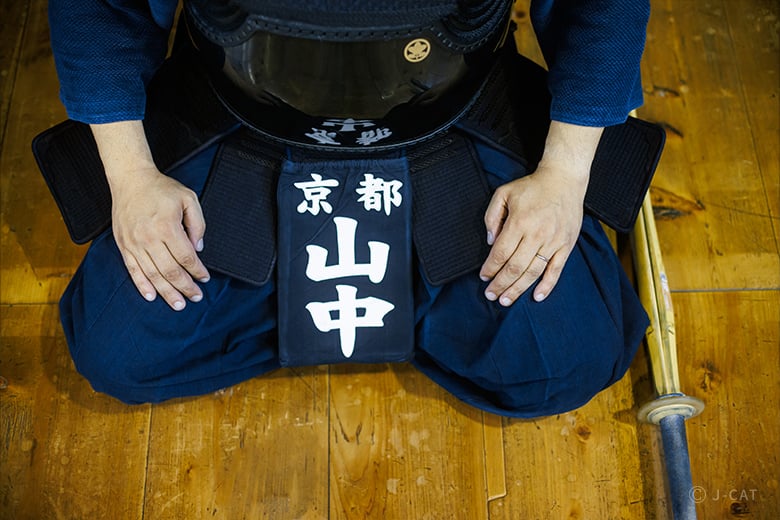
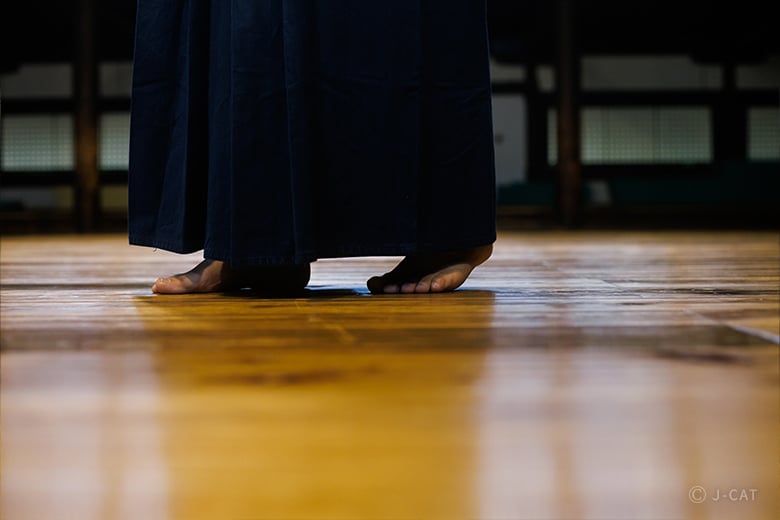
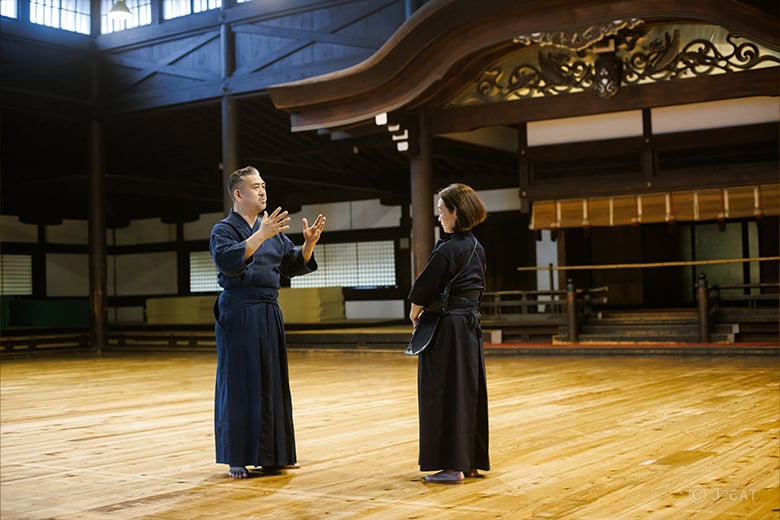
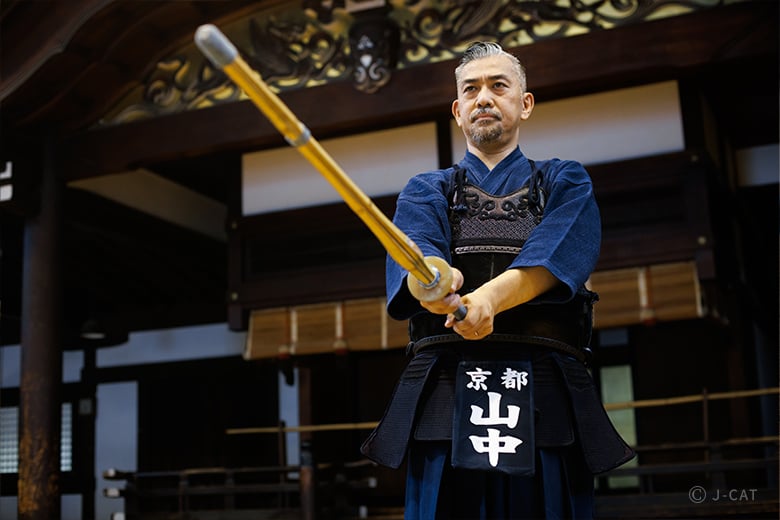
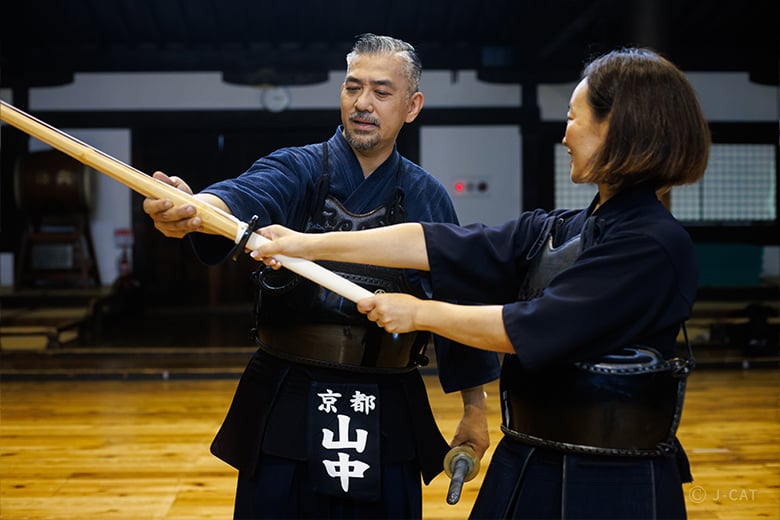
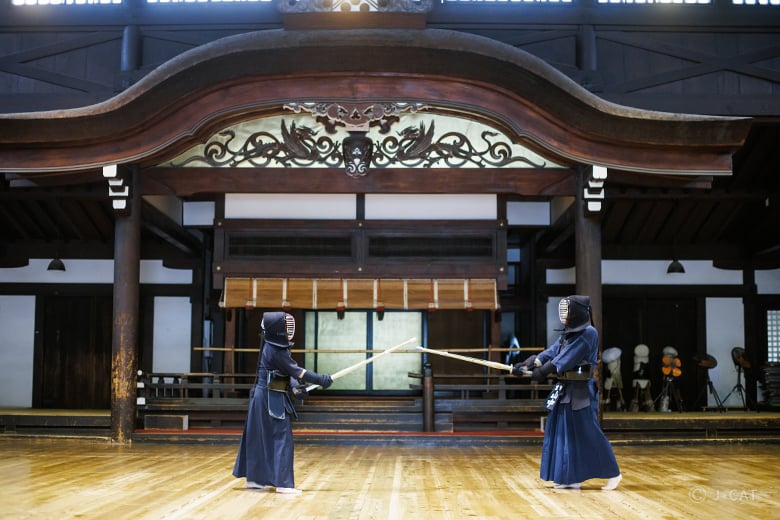
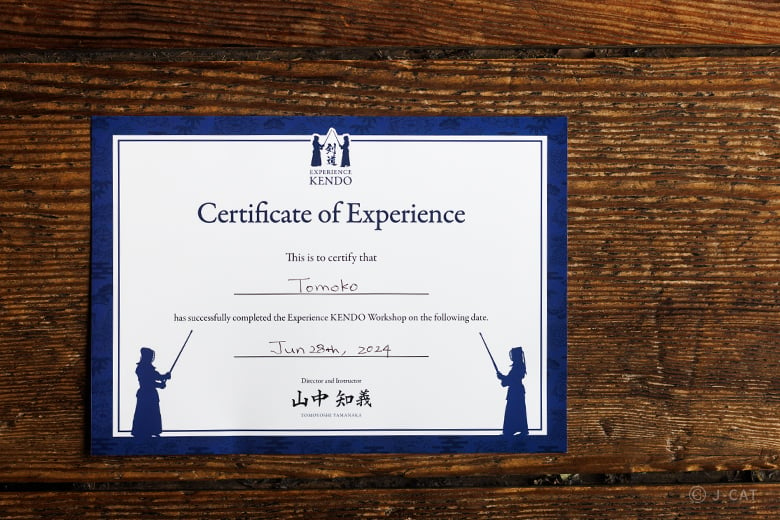
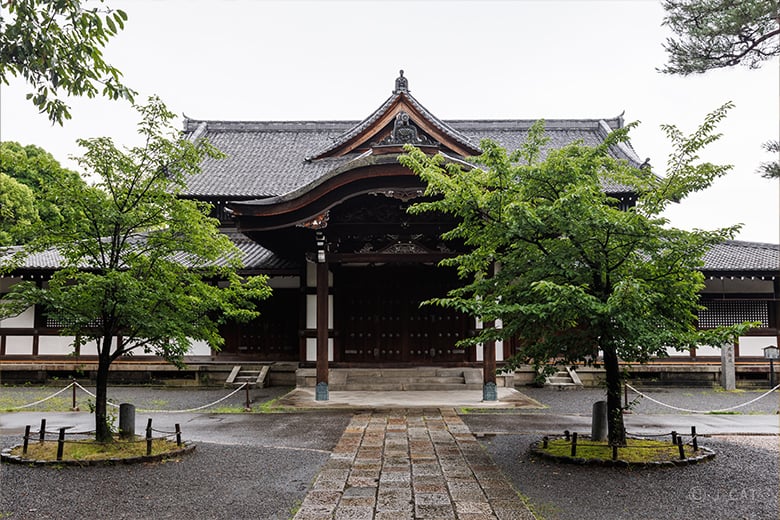


















Overview
Kendo is a Japanese martial art with ancient roots which was developed from kenjutsu, the sword combat technique of the samurai. Among the myriad martial arts of Japan, kendo is known for retaining the spiritual culture of Japan’s iconic bushi, or samurai class, which ruled the country for centuries. It uses single opponent athletic competition to sharpen mind and body and develop character. This is a special experience to learn the sacred spirit of this martial art from expert on kendo and samurai history Tomoyoshi Yamanaka – who is also the descendant of a samurai family.
Key Features
・Private training at a Kyoto dojo with kendo practitioner Tomoyoshi Yamanaka, descended from samurai stock
・Enjoy an in-depth talk about kendo, replete with stories about Yamanaka’s forebear Yoshishige Hayashi, a bushi from the Hikone clan, and other historical samurai
・After getting the basic movements down, don a suit of kendo armor and enjoy a thrilling bout of swordplay
Kyoto
150mins
from ¥160,000 /group
1 - 6 participants
Available in English
Cancel free up to 9 days prior
Details
Kendo, Legacy of the Bushido Spirit
Kenjutsu (literally “sword techniques”) was the form of swordsmanship developed by Japan’s bushi, or samurai class, for battlefield combat. It was refined and passed on over the generations for approximately 700 years between the 12th century foundation of the Kamakura shogunate and the 1868 collapse of the Edo shogunate. During this time learning it was a must for the samurai class, but it went into a rapid decline following the late 19th Century Meiji Restoration, in which Japan undertook a rapid modernization and internationalization. The samurai class was abolished, and open sword carrying (previously an exclusive samurai right) was outlawed to enforce this abolition. Later efforts were undertaken to preserve the techniques of the sword as a valuable martial art and spiritual tradition, leading to the development of the nonlethal kendo as a form of safe physical education.

Stand tall before the accoutrements of the art
“The ‘-do’ in ‘kendo’ literally means ‘way’ or ‘road,’” explains samurai descendant and instructor Tomoyoshi Yamanaka. “It refers to a never-ending pursuit. As such, kendo embodies a path of lifelong learning through practice. Here, I invite you to learn not only about its history, but about the customs and etiquette that live on through it.” Yamanaka is the great-grandson of YoshishigeHayashi, an Edo Period (1603–1868) samurai serving in present day Shiga Prefecture’s historical Domain of Hikone.

Samurai descendant Tomoyoshi Yamanaka trains hard in the art of kendo
Yoshishige Hayashi fought in the 1877 Seinan War, the last of Japan’s civil wars during the tumultuous re-pacification of the country by the Meiji government after the collapse of the last shogunate. Yamanake brings this fascinating period to life with stories of the life and times of his great-grandfather and other samurai who were there. His historical perspective, however, surpasses mere tails of glory and valor, and also touches upon the other side of this coin: the subsequent Meiji period (1868-1912) co-opting of the values of bushido to justify hyper-nationalist militarism during the rush to modernize, which led directly up and into World War II, and had profound impacts on broader Japanese society. Yamanaka throws these broad topics into stark personal relief by sharing his family’s stories.
Conveying the Spirituality of Japan through Kendo
Mr. Yamanaka, born to samurai stock and growing up with kendo since childhood, is also a Christian pastor who moved to the US state of Pennsylvania at age 16 and completed graduate school in New York, spending a total of 12 years in the United States. He was drawn to the life of a Christian pastor by the doctrine of “forgiveness,” one of the core tenets of Christianity.

Yamanaka, who normally works as a pastor, is fluent in English due to his many years in the United States
“I want people from overseas to experience kendo,” thought Yamanaka when he observed the numbers of young people coming to Japan to study abroad. “There seemed woefully few opportunities to learn about Japanese spirituality or ethnic traditions even for those students who had come all the way here to go to university. But bushido contains an immense depth of all of those things,” he explains. “I decided to hold a trial kendo class, and when my international students expressed tremendous gratitude for it, I was convinced it was a vital thing to continue providing.”

A special time spent in a Kyoto kendo dojo, full of traditional heritage
Kendo’s Basic Movements and Manner
The experience begins with instruction and practice in the fundamental movements of kendo: how to hold a shinai bamboo sword, how to perform suriashi footwork, how to perform three types of targeted striking patterns, how to synchronize vocalization and movement, and more.

Detailed instructions on sightlines, grip angle, and striking
Kendo is a one-on-one sport, and Yamanaka says it breaks down to five types of movements. “The final stance, or zanshin, is the most important of these. It is as much an expression of respect and courtesy to the opponent as it is a critical defense against immediate counterattack.” This dual nature of such a crucial move to kendo is rooted in the deeper philosophy of martial arts, and Yamanaka’s explanations convey not only his expertise on these finer points, but his passion for them as well.

Suriashi footwork is a very important fundamental movement of kendo, used to approach and engage the opponent
The Tense Thrills of a Competition Decided by a Single Blow
When you have the basics down, square off in pairs wearing the protective armor of the sport, including men masks and kote sword gloves. It’s hard not to feel like a real swordsman in all the gear.

Yamanaka dons his mask with a graceful, practiced movements
You can put all of the moves you’ve just learned to use, focused on your opponent and the unique thrilling tension you just can’t attain in practice. Kendo wins are achieved by landing a single effective blow, known as ippon. When the exchange is decided and the winner emerges, there is no more important moment to remember the principles of zanshin. The mutual respect and gratitude you learn for your partner should make the zanshin movements come naturally.

The climax is engaging your partner as opponent across shinai bamboo swords
A Horizon-broadening Experience Sharing Different Cultures and Values
When the match is over, participants can receive a certificate of course completion, and conclude the experience with a bow. “As a teenager I thought the Christian teaching ‘love your enemy’ was shocking. But I learned to apply it to my own life, and gained a broader understanding by assimilating different perspectives, values, and cultures. I hope to share that experience with everyone through this course,” says Yamanaka.

The beautifully-designed certificate of completion given to each participant
In addition to the fun and excitement of practice and competition, Yamanaka’s course allows you to learn all about the history of the samurai and kendo, as well as Japanese traditional spiritual values of honoring and respecting an opponent. Pick up a shinai bamboo sword with samurai descendant Yamanaka, and experience the quintessentially Japanese spirit underlying kendo.
Experience KENDO

Experience KENDO
A kendo lesson experience led by samurai descendant Tomoyoshi Yamanaka, whose great-grandfather served in the Hikone Domain during the Edo period. Yamanaka today gives theoretical and practical instruction in kendo in English, mainly targeted at those from overseas. His course provides an opportunity to gain a deeper understanding of bushido, and its connection to Japanese spiritual traditions.
Customer's Voice
It was a great experience for all 5 members of the family - stretching us philosophically, culturally & physically.
E.I. Estonia
Wonderful experience. Tommo is a master. Both engaging and highly capable at teaching.
R.B. United States
The experience is very good. Master Tomo was very well-knowledge and great at story telling. We were really touched and truly learn something just from the history of Samurai and the way of Bushido. It was truly great experience.
B.S. Thailand
Location
Butokuden
Sakyo Ward, Kyoto
Request for booking
Select first preferred date (JST)
January 2026
Sun
Mon
Tue
Wed
Thu
Fri
Sat

Instant Booking

Request Booking

17
Full

17
Unavailable
Kyoto
150mins
from ¥160,000 /group
1 - 6 participants
Available in English
Cancel free up to 9 days prior
Things to know
Contact Us
If you have any questions, please contact us using the form below.
We also accept bookings from corporate clients and travel agencies.